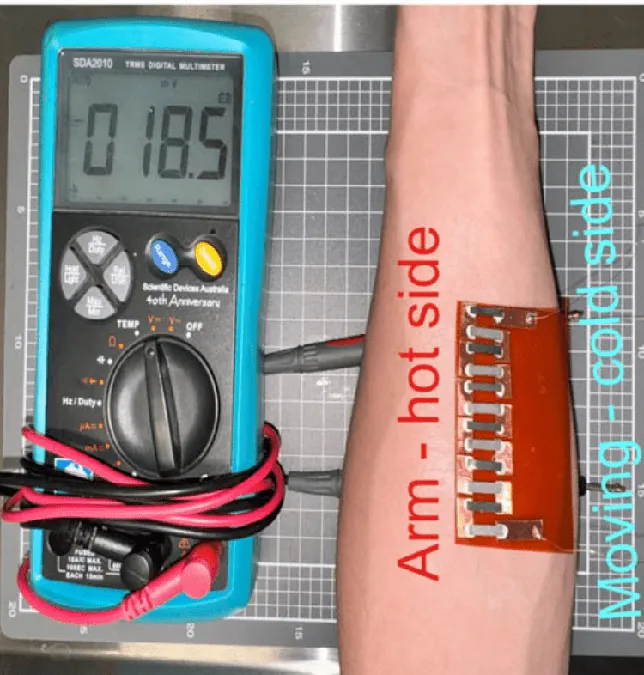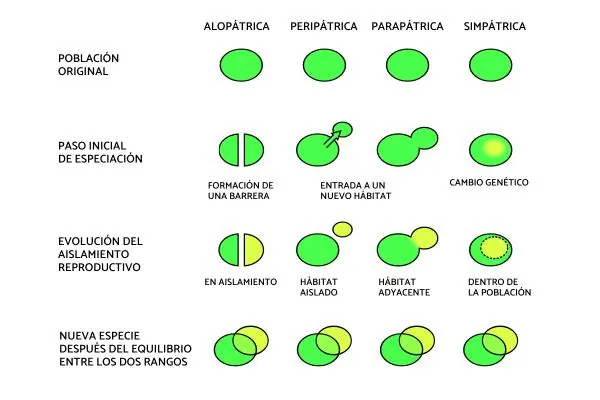
Revolutionary Flexible Semiconductor: A Game-Changer for Wearable Tech!
2025-04-25
Author: Emily
Unlocking Power from Heat: The Next Step in Wearable Technology
A groundbreaking breakthrough from researchers at Queensland University of Technology in Australia could transform our approach to wearable devices. They’ve discovered a flexible semiconductor that harnesses thermal energy—meaning your body heat could soon be powering your gadgets!
The team utilized a cutting-edge technique called vacancy engineering on an alloy known as AgCu(Te, Se, S)—a unique blend of silver, copper, tellurium, selenium, and sulphur. By manipulating the atomic architecture of this semiconductor, they significantly improved its mechanical and electrical properties.
From Concept to Creation: A Flexible Solution
Through a simple yet effective melting process, the researchers successfully developed a flexible version of this semiconductor. This innovative material can be easily integrated into various micro-flexible devices that can be worn comfortably on the skin.
Turning Heat into Electricity: The Future is Here!
Thermoelectric materials are gaining traction for their incredible ability to convert heat into electricity without any pollution or mechanical components. Lead researcher Nanhai Li states, “The human body continuously emits heat, especially during physical activity, creating a temperature difference that can be exploited.”
Mixing the ductile p-type AgCu semiconductor with commercial n-type Bi2Te3 results in a remarkable power density of approximately 126 µW cm² across a temperature difference of just 25 degrees. This demonstrates exciting potential for the next generation of wearable electronics.
Pushing the Boundaries of Thermoelectric Tech
According to Professor Zhi-Gang Chen, who spearheaded this research, the key to advancing flexible thermoelectric technology lies in exploring diverse possibilities. Current devices mainly rely on inorganic thin films or organic materials, each with its own set of challenges—organic materials often lack efficiency, while their inorganic counterparts tend to be fragile.
This newly identified semiconductor stands out as a rare inorganic material boasting impressive flexibility and performance. The underlying mechanisms that enhance its capabilities while retaining flexibility had remained largely uncharted until now.
A Bright Future for Wearable Devices!
As the race for innovative wearable technology accelerates, this flexible semiconductor could redefine how we think about powering our devices—turning our body heat into a sustainable energy source. The future is indeed looking bright!









 Brasil (PT)
Brasil (PT)
 Canada (EN)
Canada (EN)
 Chile (ES)
Chile (ES)
 Česko (CS)
Česko (CS)
 대한민국 (KO)
대한민국 (KO)
 España (ES)
España (ES)
 France (FR)
France (FR)
 Hong Kong (EN)
Hong Kong (EN)
 Italia (IT)
Italia (IT)
 日本 (JA)
日本 (JA)
 Magyarország (HU)
Magyarország (HU)
 Norge (NO)
Norge (NO)
 Polska (PL)
Polska (PL)
 Schweiz (DE)
Schweiz (DE)
 Singapore (EN)
Singapore (EN)
 Sverige (SV)
Sverige (SV)
 Suomi (FI)
Suomi (FI)
 Türkiye (TR)
Türkiye (TR)
 الإمارات العربية المتحدة (AR)
الإمارات العربية المتحدة (AR)